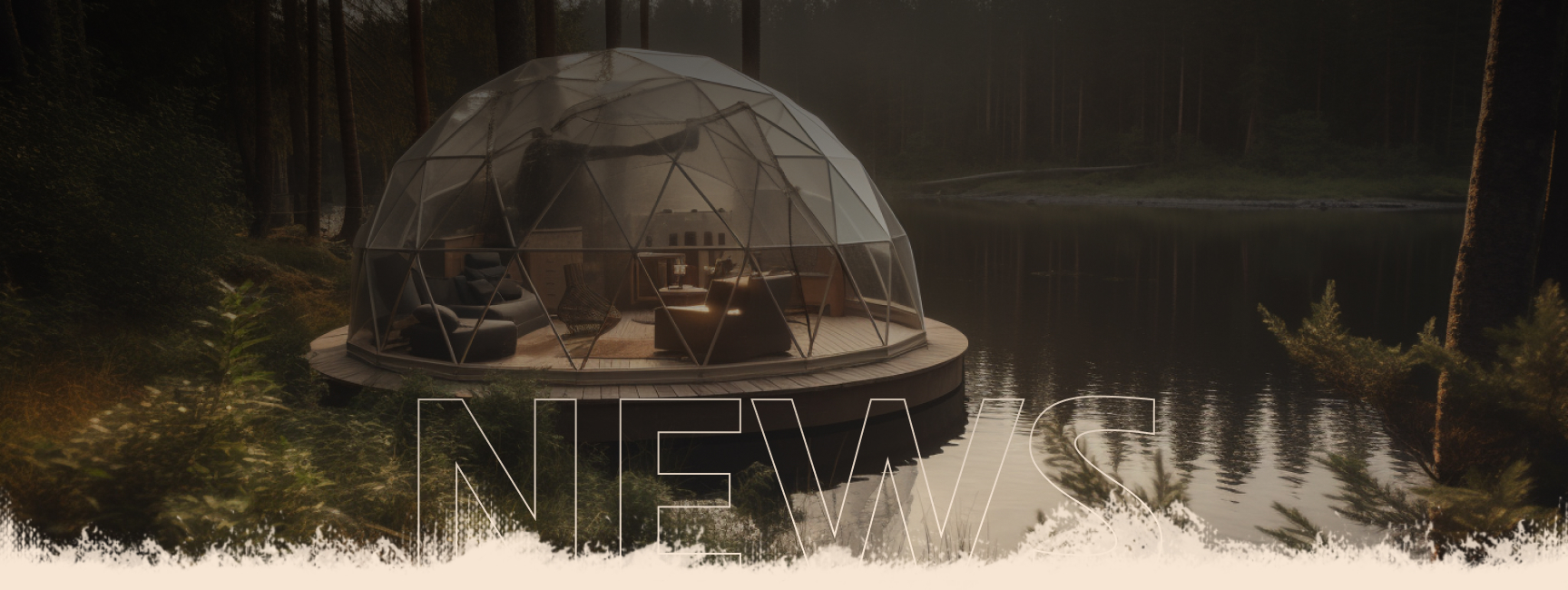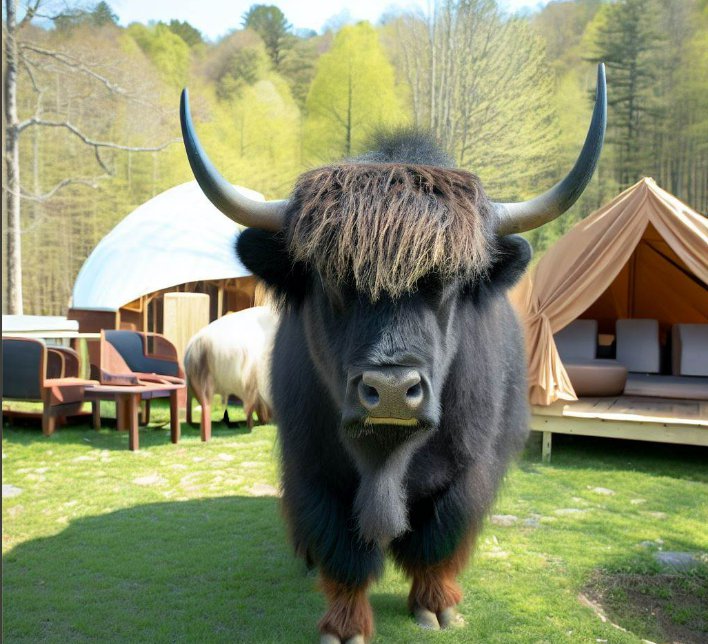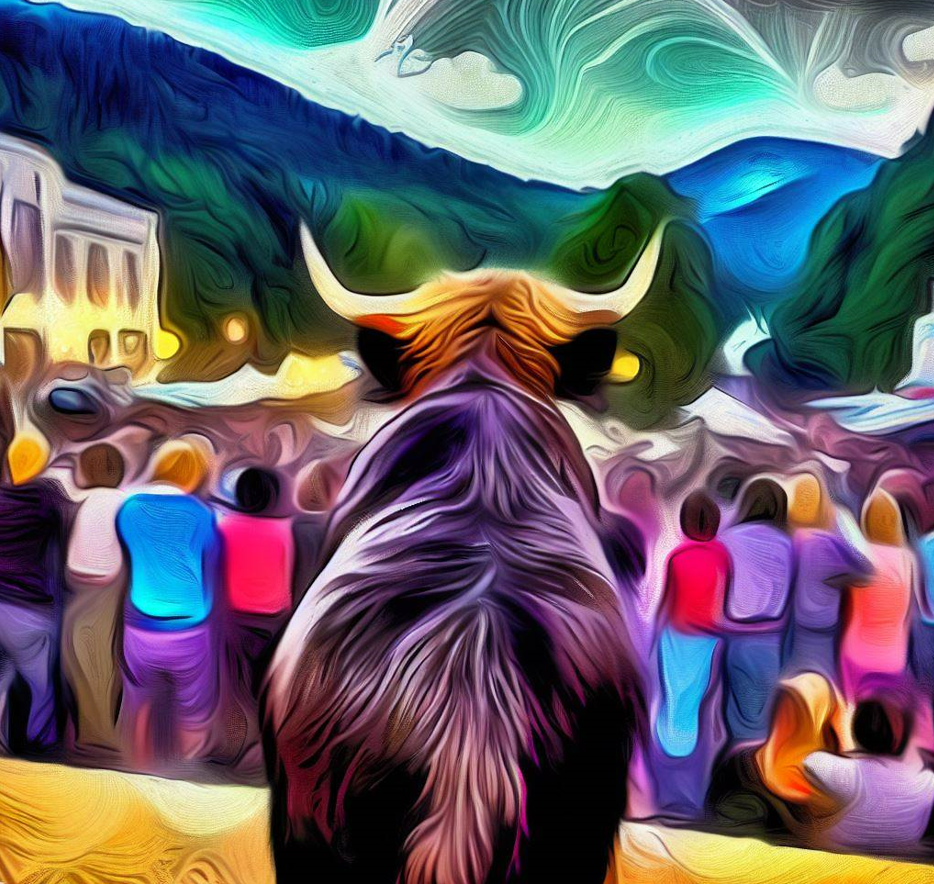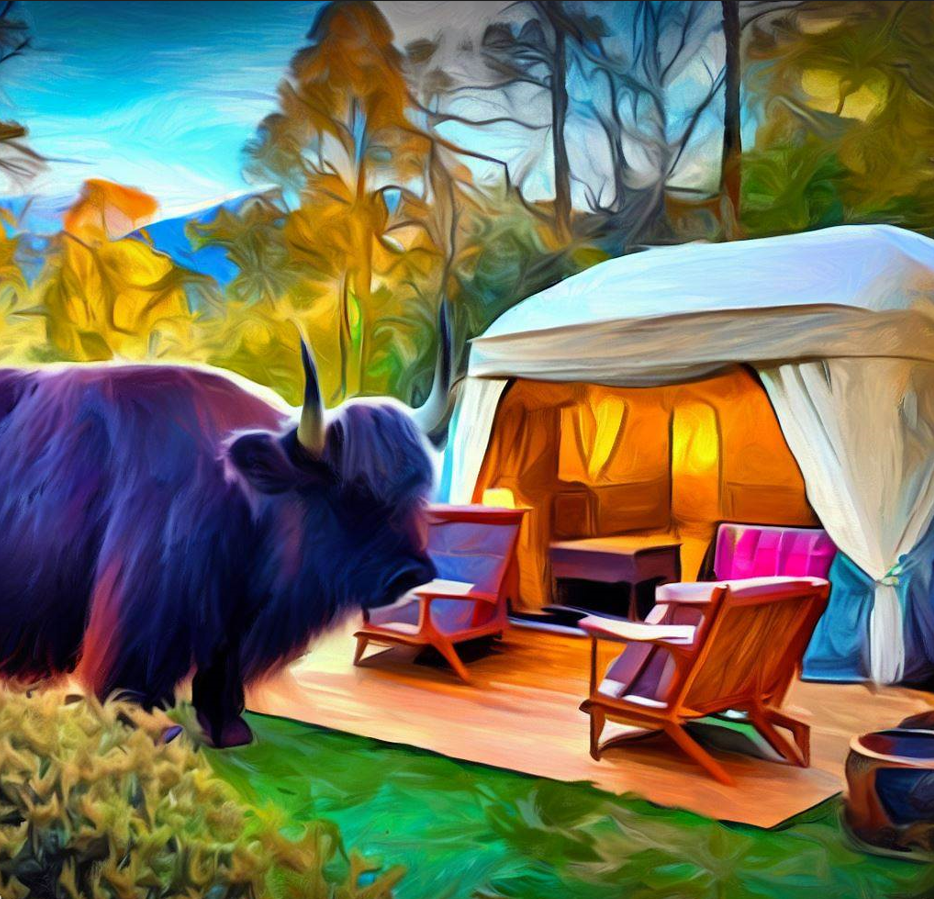
Mountain biking can be an exhilarating and rewarding sport, but getting started can be intimidating, especially if you’re new to the sport. In this guide, we’ll go over everything you need to know to get started with mountain biking, from choosing the right gear to mastering the basic techniques. The Blue Ridge Mountains are a place of unparalleled beauty, with endless opportunities for adventure and exploration. And what better way to experience the natural wonders of this region than by mountain biking? The benefits of mountain biking in the Blue Ridge Mountains are many, from the physical challenge of climbing steep trails to the rush of adrenaline as you fly down the other side. But it’s not just about the thrill of the ride – mountain biking in this region can also provide a deep connection to nature, as you navigate through dense forests and over babbling creeks. And as you push yourself to new limits on the trail, you’ll also gain a sense of accomplishment and confidence that will carry over into other areas of your life. So whether you’re a seasoned pro or just starting out, get ready to experience the joy and wonder of mountain biking in the Blue Ridge Mountains.
Choosing the Right Gear
The right gear can make all the difference when it comes to enjoying your mountain biking experience. Here are some essential items you’ll need:
- Mountain bike: Choose a bike that fits your body and your riding style. Consider factors like the terrain you’ll be riding on, your skill level, and your budget when choosing a bike.
Helmet: A properly fitting helmet is a must-have for any rider. Look for a helmet that meets safety standards and fits comfortably. - Gloves: Gloves can protect your hands from blisters and improve your grip on the handlebars.
Shoes: Sturdy, flat-soled shoes with good traction can help keep your feet firmly planted on the pedals. - Clothing: Dress in layers to stay comfortable on the trail, and wear moisture-wicking fabrics to stay dry.
It is also important to understand which type of mountain biking you chose to do. There are several different types of mountain biking, each with its own unique challenges and style. Here are a few of the most common types:
- Cross-country (XC) – This is the most common type of mountain biking. It involves riding on trails that are generally less steep and technical than other types of mountain biking. XC races can range from short, fast courses to longer, more endurance-focused events.
- Downhill – Downhill mountain biking involves riding down steep, technical trails at high speeds. It requires a lot of skill and focus, as riders need to navigate obstacles such as rocks, drops, and jumps. Downhill races are typically timed, and riders compete against each other for the fastest time down the course.
- Enduro – Enduro is a type of mountain biking that combines elements of both cross-country and downhill. It involves timed stages of technical downhill riding, as well as non-timed uphill and transitional sections. The goal is to complete all the stages in the shortest amount of time possible.
- Freeride – Freeride mountain biking is all about big jumps and tricks. Riders use specially designed bikes to hit large jumps and perform aerial maneuvers, such as flips and spins. Freeride trails often have man-made features like wooden ramps and drops. Trail – Trail riding is all about exploring and enjoying the outdoors on your bike. It involves riding on a variety of terrain, from smooth and flowy to technical and rocky. Trail bikes are designed to be versatile and capable of handling a wide range of conditions.
Mastering the Basic Techniques
Before hitting the trails, it’s important to master some basic mountain biking techniques. Here are a few to get you started:
Positioning: Keep your weight centered over the bike, and bend your elbows and knees to absorb bumps and maintain control.
Braking: Use both brakes evenly, and avoid skidding or locking up the wheels.
Shifting: Shift gears before you reach a hill or obstacle, and pedal smoothly to avoid grinding gears.
Cornering: Lean your bike into turns, and use your body weight to help steer.
Building Endurance and Strength
Mountain biking can be physically demanding, so it’s important to build up your endurance and strength gradually. Here are some tips to help you improve your fitness.
Getting better at mountain biking requires practice, persistence, and patience. Here are a few tips to help you improve: Ride more often – The more you ride, the better you’ll get. Try to ride as often as you can, even if it’s just for a short time. Focus on your technique – Work on developing good technique, such as proper body position and braking. You can also practice specific skills, such as cornering, jumping, and climbing.
Build your fitness – Mountain biking can be physically demanding, so it’s important to build up your endurance and strength. Incorporate other forms of exercise, such as running or weight training, to help improve your overall fitness. Learn from others – Ride with more experienced riders and ask for tips and advice. You can also watch instructional videos or take lessons to help you improve. Take it slow – Don’t try to tackle trails or features that are too advanced for your skill level. Build up your skills gradually, and always ride within your comfort zone. Have fun – Most importantly, remember to have fun! Mountain biking is a challenging and rewarding sport, but it should also be enjoyable. Don’t get too caught up in trying to improve – focus on enjoying the ride and the beautiful scenery around you. Start slow: Begin with shorter rides on relatively easy terrain, and gradually work your way up to longer, more challenging rides. Cross-train: Incorporate other types of exercise, like running or weightlifting, to build overall fitness and strength. Rest and recover: Give your body time to rest and recover between rides, and listen to your body if you feel tired or sore.
Finding the Right Trails
Choosing the right trails can make a big difference in your mountain biking experience. Here are some tips for finding the right trails:
Brevard, North Carolina is a great area for mountain biking, with many excellent trails to choose from. Here are some tips on how to find good mountain bike trails in the area: Use trail-finding apps – There are several apps available that can help you find mountain bike trails in the Brevard area, such as Trailforks and MTB Project. These apps provide detailed trail maps, ratings, and reviews from other riders. Check with local bike shops – Local bike shops are a great resource for finding good trails. They can recommend trails based on your skill level and preferences, and may also offer guided rides or rentals. Look for online resources – There are many online resources available for finding mountain bike trails in Brevard, such as forums, Facebook groups, and websites like Pisgah Area SORBA (Southern Off-Road Bicycle Association). These resources can provide up-to-date information on trail conditions, events, and group rides. Join a group ride – Group rides are a great way to discover new trails and meet other riders. Check with local bike shops or online resources to find group rides in the area. Explore on your own – Finally, don’t be afraid to explore on your own! Brevard has many great trails to discover, and sometimes the best way to find them is to simply head out and see where the trails take you. Just be sure to follow proper trail etiquette and respect the environment.
- Start with beginner-friendly trails: Look for trails with a lower difficulty rating to start out.
- Check trail conditions: Make sure the trails are open and safe to ride before heading out.
- Ask for recommendations: Ask other mountain bikers, bike shops, or online forums for recommendations on good beginner-friendly trails.
- Joining a Community
Mountain biking is more fun with friends, so consider joining a local biking community or group. Joining a mountain biking community can be a great way to improve your skills, discover new trails, make new friends, and stay motivated in your journey as a mountain biker. Learning from more experienced riders – By joining a community, you’ll have the opportunity to ride with more experienced riders who can offer tips and advice on technique, gear, and trails. This can help you improve your skills much more quickly than if you were riding on your own. Here are some benefits of joining a biking community:
Meet other riders: Connect with other riders who share your passion for mountain biking.
Experienced riders can offer advice and guidance to help you improve your skills. Discover new trails: Biking communities can offer insight into new trails and destinations you may not have discovered on your own.
With these tips and tricks, you’ll be well on your way to becoming a confident and skilled mountain biker. Remember to always ride responsibly, respect other riders and the environment, and most importantly, have fun!





























